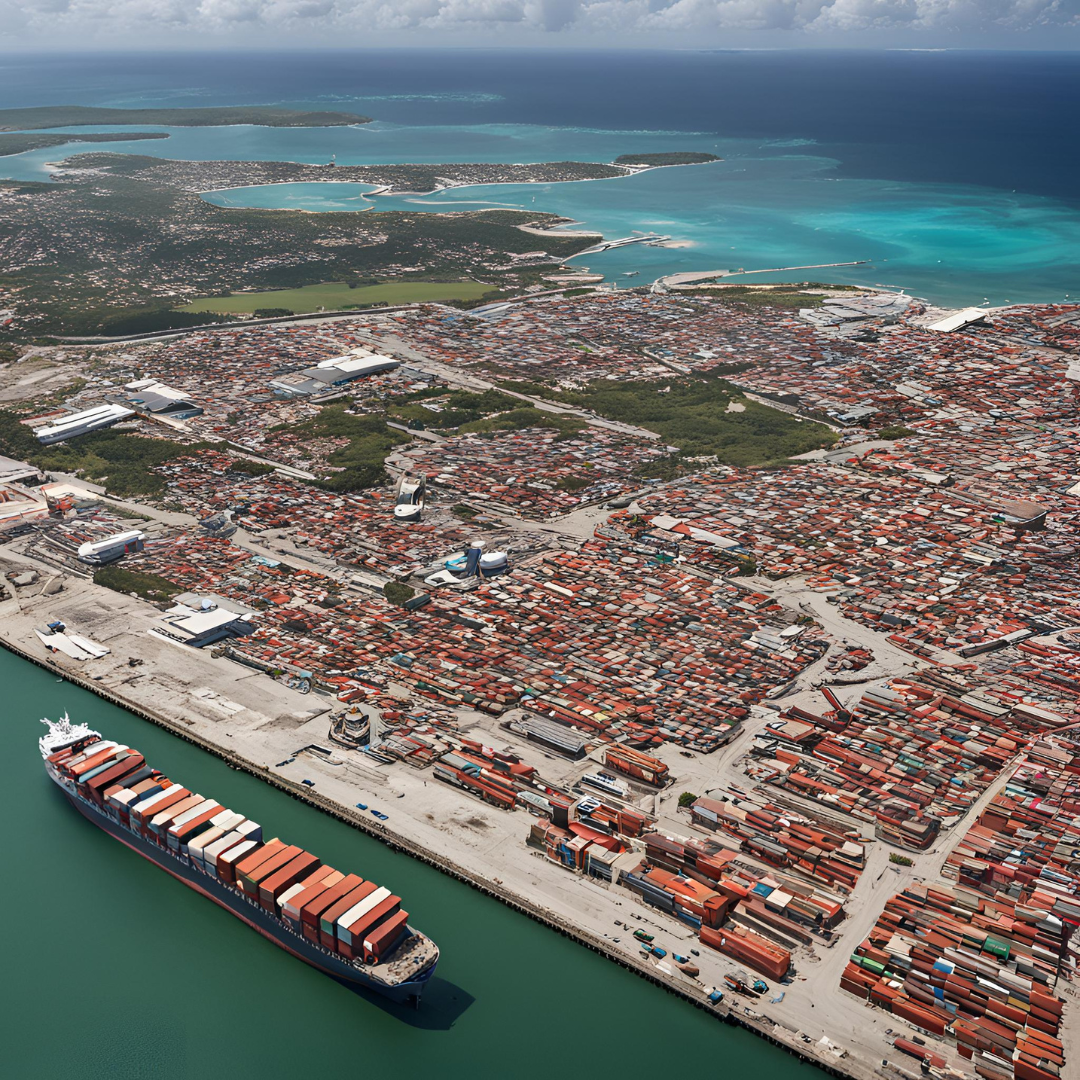
7 things to know when shipping to the Dominican Republic
When it comes to sending boxes to the dominican republic, it's not just a simple hop across the Caribbean. There are nuances and procedures that can affect the process. Here are five key things you need to know to ensure your shipping experience goes as smoothly as possible.
1. Understanding the Impact of the CAFTA Agreement
The Central America-Dominican Republic Free Trade Agreement (CAFTA) plays a pivotal role in facilitating trade between the United States and the Dominican Republic. This agreement eliminates tariffs and fees on goods traded between the member countries. For businesses shipping to the Dominican Republic, this means smoother customs processes and potentially lower costs. However, it's crucial to ensure that your goods qualify for CAFTA benefits by obtaining a certificate of origin.
2. Choose Trusted Shipping Platforms
In a place like the Dominican Republic, where logistics can be complex, relying on trusted shipping platforms like Zion Shipping is essential. These platforms not only ensure the safe delivery of your goods but also provide tracking services, giving you peace of mind throughout the shipping process. Zion Shipping is one such platform with a solid presence in the Dominican Republic, offering comprehensive shipping solutions from the United States and the island nation.
3. Essential Documentation is Key
Navigating Dominican Republic's shipping requirements demands the right paperwork. Besides the CAFTA certificate of origin, you'll need additional documents such as commercial invoices, battery statements (for cargo with batteries), tax documents, and shipping labels. These documents not only facilitate customs clearance but also ensure compliance with local regulations, preventing any delays or hiccups in the shipping process.
4. Understanding Restricted Items
Certain items are off-limits when shipping to the Dominican Republic from the USA. From coffee samples to military equipment, there's a list of prohibited and restricted items that you need to be aware of. For items that are restricted due to competition with local products, obtaining import licenses from the Secretariat of Agriculture is necessary. This helps regulate imports and protects domestic industries.
5. Navigating Export Taxes
Exporting to the Dominican Republic involves navigating tariffs and luxury taxes. While CAFTA may exempt your goods from basic import taxes, luxury imports like perfumes and vehicles are subject to excise duties. These taxes, which can range from 15 to 60 percent, are essential considerations for exporters. Understanding and accounting for these taxes ensures transparency and compliance with Dominican Republic's import regulations.
6. Proper Packaging is Essential
When shipping to the Dominican Republic, ensuring your goods are properly packaged is paramount. The journey from the United States to the island nation can involve various modes of transportation, including air and sea freight, each with its own challenges. Robust packaging not only protects your items from damage but also minimizes the risk of delays due to mishaps during transit. Invest in sturdy packaging materials and consider factors like climate and handling conditions to safeguard your shipments.
7. Stay Informed About Customs Regulations
Navigating customs regulations is crucial when shipping internationally, and the Dominican Republic is no exception. Stay informed about the latest customs procedures, documentation requirements, and any updates to import/export regulations. This includes staying updated on changes in tariffs, duty rates, and prohibited/restricted items. Keeping abreast of customs regulations ensures compliance, prevents potential issues at the border, and facilitates smoother clearance processes for your shipments.
In conclusion, shipping to the Dominican Republic requires careful planning and adherence to regulations. By understanding the nuances of trade agreements, choosing reliable shipping partners, preparing necessary documentation, respecting prohibited items, and accounting for export taxes, businesses can navigate the shipping process smoothly and efficiently.
Read More: The Cheapest Ways to Ship Internationally from the US in 2024: A Guide

